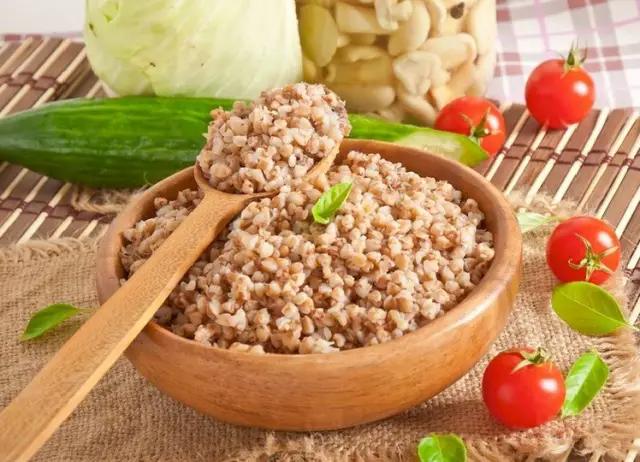Early on those cold autumn and winter mornings, there is nothing quite like a steaming bowl of kasha (каша) to prepare for a long day ahead. In Russia, kasha is porridge typically made by cooking “гречка” (buckwheat), “овсянка” (oatmeal), or “рис” (rice) with “молоко” (milk) or “вода“(water). Porridge is not the first thing that comes to mind when considering delectable foreign cuisine, and indeed, like most simple foods is actually consumed in various forms by many world cultures. However, for Russians, it is a nutritious and versatile staple food, with significant cultural and economic importance.
Why It’s Called “Kasha”
(Почему она носит такое название?)
The word “kasha” is ancient, with a proto-Slavic origin. Mention of it is replete throughout written Slavic history, and the adage “каша – мать наша” (Porridge is our mother) is a common folk saying without known origin. The Russian Primary Chronicle, the oldest known history of Russia, tells a tale of how kasha saved Prince Vladimir and his people. Besieged by a hostile Turkic tribe, Vladimir’s subjects prepare kasha with honey and offer it to the Turks who exclaim, “Our princes will not believe this marvel, unless they eat of the food themselves!”
Most Americans think immediately of oatmeal when they think of porridge. However, kasha is associated in Russia primarily with buckwheat (buckwheat). The oldest traces of buckwheat as a cultivated crop are found in China where it crept northward to Siberia and then eventually west over the Ural Mountains. Buckwheat took hold in the Slavic regions, quickly becoming the staple crop.
There are many reasons for this. Probably most importantly, buckwheat only takes 30 days to reach maturity, making it ideal for Russia’s short summers. During the Soviet era, the USSR grew approximately 75 percent of the world’s crop of buckwheat. To the present day, Russia still produces the world’s largest crop of buckwheat, followed by the crop’s progenitor, China.
Buckwheat, which is actually a fruit seed in same family as rhubarb and sorrel, is also unusually high in protein and microelements. Thus, the nutritional yield per harvest was also greater than many other crops, allowing the Slavs to stay healthier through the long winter and muddy spring and fall.
Do not be mistaken that kasha is only made from buckwheat though. Nearly any type of grain can be used in substitute. Other common grains include rice, oats, millet, semolina, and barley.
When and How to Eat Kasha
(Как правильно есть кашу?)
Kasha holds a special place in Russia’s history and is eaten both as a common, everyday dish and, in more complicated preparations and presentations, for celebratory events and holidays. Kasha is often eaten by itself or as a main dish for breakfast or as a side dish for lunch or dinner. Many Russians will consider a lunch of soup and kasha, sometimes adding the kasha to the soup, a hearty and pleasant lunch.
Kasha is such a common food in Russia that it is included in the food baskets that economists watch to study the effects of inflation. Whenever Russians sense that an economic crisis may be on the horizon (which is not uncommon in Russia), the price of kasha, and especially buckwheat, is one of the first to rise as Russians will stock up and hoard the easily-storable, nutritious food.
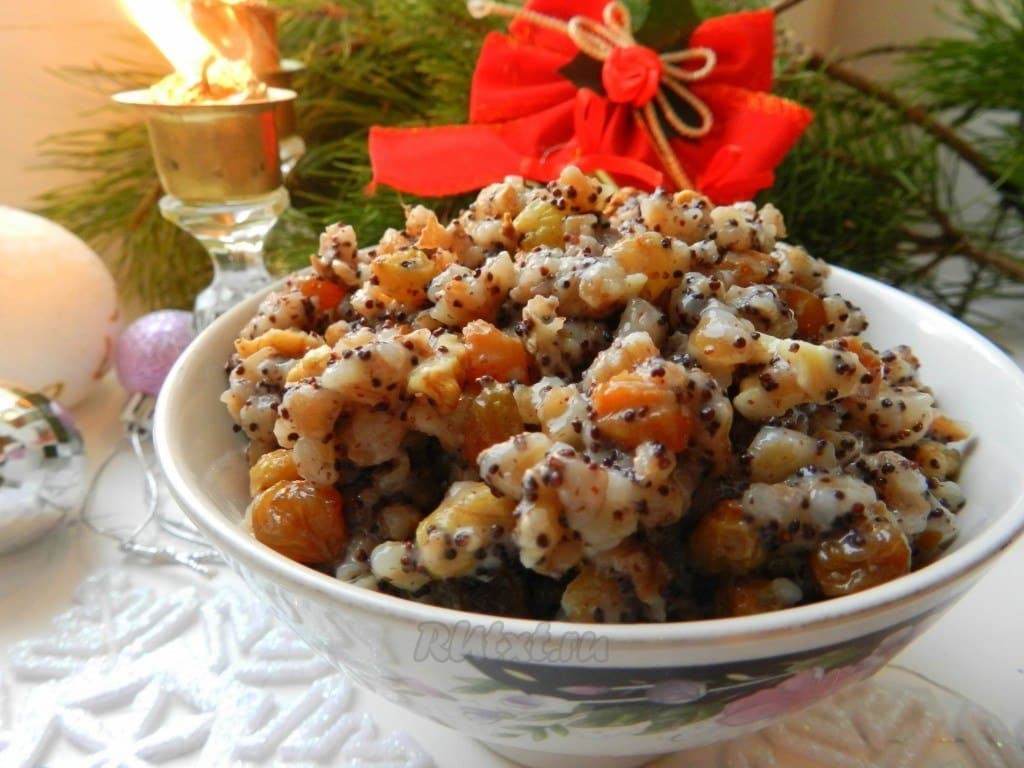
Kasha is also associated with traditions associated with weddings, births, and holiday feasts. Sometimes referred to as “the first meal,” kasha is among the first types of solid food that babies will eat because of its high nutrition and ease of digestion. At the birth of a baby, kasha was cooked and served to friends and family as a “заветного крестильного блюда” (a baptismal covenant meal), signifying that the family will raise the baby in the rites of the church. This tradition, however, is now quite rare in the post-Soviet era.
Another kasha tradition that is now rarely followed concerns marriage. On the second day of marriage, young couples once traditionally made couples at their homes, invited guests to eat it, and the guests would give money to the new couple to help start their new lives.
More commonly today, special variations of kasha are made for holidays. At Christmastime, Russians often prepare one of two special, sweet versions of kasha: “сочиво” (sochivo) or “кутья” (kutia). Sochivo takes a wheat base and adds honey, poppy seeds, and walnuts, along with a bit of salt. Kutia combines wheat or barley with the same base ingredients of honey, poppy seeds, and walnuts, but also usually adds some fruit and spices like apricots, raisins, and cinnamon.
Kochivo or kutia are consumed as the first of 12 dishes that make up a traditional Orthodox Christmas Eve feast on January 6. (Why is Russian Christmas on January 7? Click here.) Since Christmas is primarily a religious holiday in Russia, the feast is a reverent occasion. A single candle in the center of the table represents the Star of Bethlehem, and a hymn is usually sung immediately prior to the meal. One of these dishes is also sometimes made for New Year’s Eve, the major holiday of every Russian’s year.
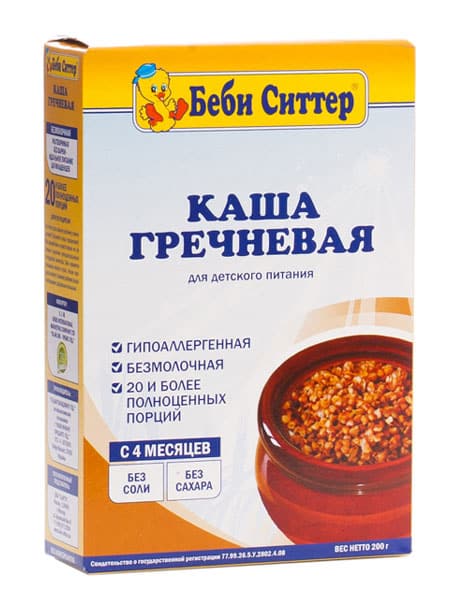
Kutia is also traditionally made as a part of the extended mourning rites in Russian Orthodox funerals.
How to Prepare Kasha
(Как правильно готовить кашу?)
Interestingly, although kasha has long been recognized by the Russian population as one of their major sources of nutrition and continued life, the continual cultivation and preparation of kasha has also long been a source of worry and necessitated labor for the Russian population.
Thus, Russian has many positive sayings about kasha, such as “щи да каша — кормилицы наши” (loosely translated: “cabbage soup and porridge are our suckle”) and “где каша, там и наши” (“where you find porridge, you will find our brethren”). However, Russian also has many negative sayings about kasha as well. “Заварить кашу” (“to cook porridge”) is often used as a euphemism for “to start trouble” and “расхлёбывать кашу” (“to deal with porridge”) means “to deal with problems.” Likewise, when snow mixes with dirt and pollution on winter city streets and forms a brown mush that tends to stain anything it touches, Russians call this mush “kasha.” If a Russian questions someone’s intelligence, he will frequently say that that person has “каша в голове” (“porridge in his head”).
Sayings surrounding common preparations of kasha have also become standard parts of the Russian language. Kasha’s universal topping is butter; it is pictured as the serving suggestion on nearly every box of prepackaged kasha, and it does notably improve the taste. A positive Russian saying about this is “кашу маслом не испортишь” (You cannot ruin porridge with butter), which means that you can’t ruin something by adding something good — even if you add too much. Russian also has a saying that is typically used in more negative contexts: “Заварил кашу, так не жалей масла.” This literally means “you’ve boiled the porridge, so don’t spare the butter” but is used in the context of “you started something, now finish it (and do it right)”.

Other common additives include salt, which can boost the flavor of even sweetened kasha. Eggs are very commonly added in various forms. A fried egg over the top of kasha or a boiled egg, peeled and diced with dill, and then mixed into kasha both produce a very pleasant, common, filling, and inexpensive meal for many Russians.
Proper preparation also goes a long way, transforming a mess of gruel into a tantalizing bowl of hot cereal, abundant in nuanced flavor. A less common trick when cooking kasha is to refrigerate the dish before reheating and serving. Especially when adding several different ingredients (particularly herbs or seasonings), refrigerating the kasha and letting the flavors blend for a day or two (similar to what recipes for potato salad often call for), can really bring out the flavor of the dish.
The most traditional preparation methods for kasha call for long hours of simmering in an old-style “русская печь” (Russian oven). These were massive structures, that once took up an entire corner of most Russian’s homes. They were used for both cooking and warmth. The low, steady heat created the perfect consistency and grain texture while allowing plenty of time for the flavors to mix together. Today, it is far more common to see kasha simply prepared on a stovetop (or even microwave!): Pour milk or water over the preground supermarket kasha, and let it cook for the time stated on the box.
Because kasha is eaten so widely throughout Russia and the former Soviet Republics, the variations on it are also nearly endless.
Let’s Cook!
(Давай приготовим!)
See below for a free recipe for various Russian kashas and free videos. If you are interested in cooking from Russia, Ukraine, Poland, Georgia, and other places in Eurasia, make sure to see our other resources! You might also be interested in the following specialized cookbooks we’ve enjoyed:
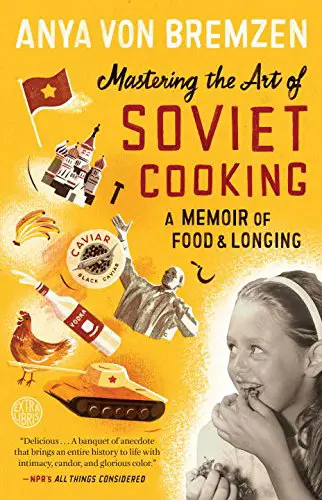 |
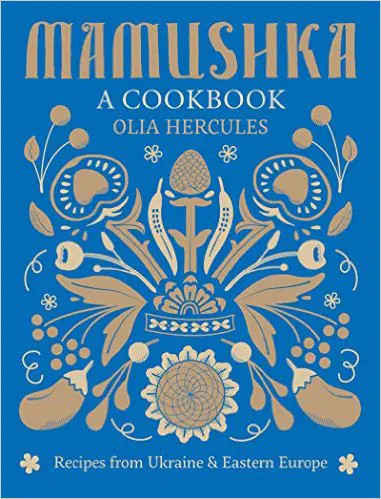 |
 |
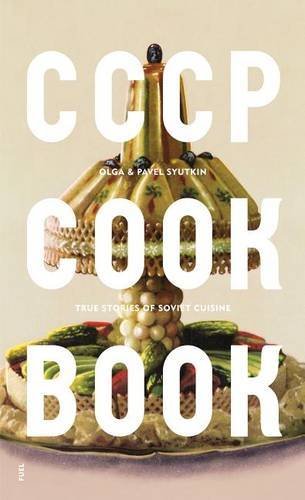 |
| Гречневая каша | Buckwheat Kasha |
|
|
| Перловка с мясом и овощами | Barley Porridge with Meat and Vegetables |
Ингредиенты: (на 4 порции)
Приготовление
|
Ingredients: (makes 4 servings)
Preparation
|
| Кутья | Kutia (traditional Christmas porridge) |
Ингредиенты:
Приготовление
|
Ingredients:
Preparation
|
| Сочиво | Sochivo (traditional Christmas porridge) |
Ингредиенты:
Приготовлени:
|
Ingredients: (makes X servings)
Preparation:
|
Our Favorite Kasha Videos
Competitive kasha! A short video showcasing the versatility of the dish with a number of chefs competing to make the best каша.
An alternative video lesson on how to make rice kutia. The spoken Russian is fairly slow and clear, and the finished dish looks delicious!
A Russian Orthodox Monk gives a short history of sochivo and his own recipe for making it.
You Might Also Like
Kupala is an ancient Slavic holiday celebrating the summer solstice, or midsummer. Once part of a series of annual rituals, it marked and was believed to sustain agricultural cycles—essential to early human survival. Held as vitally important, these pagan traditions remained deeply rooted even after Christianization, technological change, and centuries of oppression tried to dislodge […] Easter breads such as kulich, paska, choreg, and nazuki are delicious Easter traditions. Easter is by far the most important religious holiday for those practicing Eastern Christianity. In addition to church services and egg dying, the holiday is also marked across the cultures by ritual bread baking. Despite the wide geographic area covered by Eastern […] Below, Tajik blogger Roxana Burkhanova describes, in Russian, the place of St. Petersburg in Russian culture. She discusses the city’s history as well as its literary heritage, its nightlife, and even how people from Petersburg speak their own, slightly different dialect of Russian. The text was originally written in 2015 and thus references times before […] Rites of welcoming spring and saying goodbye to winter are some of the oldest holidays preserved across Slavic cultures. In the Baltics, the celebrations were nearly lost after being suppressed by Catholic and imperial dominance. Today, Russia’s Maslenitsa is by the far the best-known, but multiple versions exist across the diverse Slavic landscape. In the […] This extensive list of web resources to assist students learning the Russian language was developed by SRAS and is now hosted on Folkways, part of the SRAS Family of Sites! Disclosure: Some of the links below are affiliate links. This means that, at zero cost to you, we will earn an affiliate commission if you […]
Kupala: Ancient Slavic Midsummer Mythology and its Modern Celebration

Kulich, Paska, Nazuki: The Easter Breads of Eastern Christianity
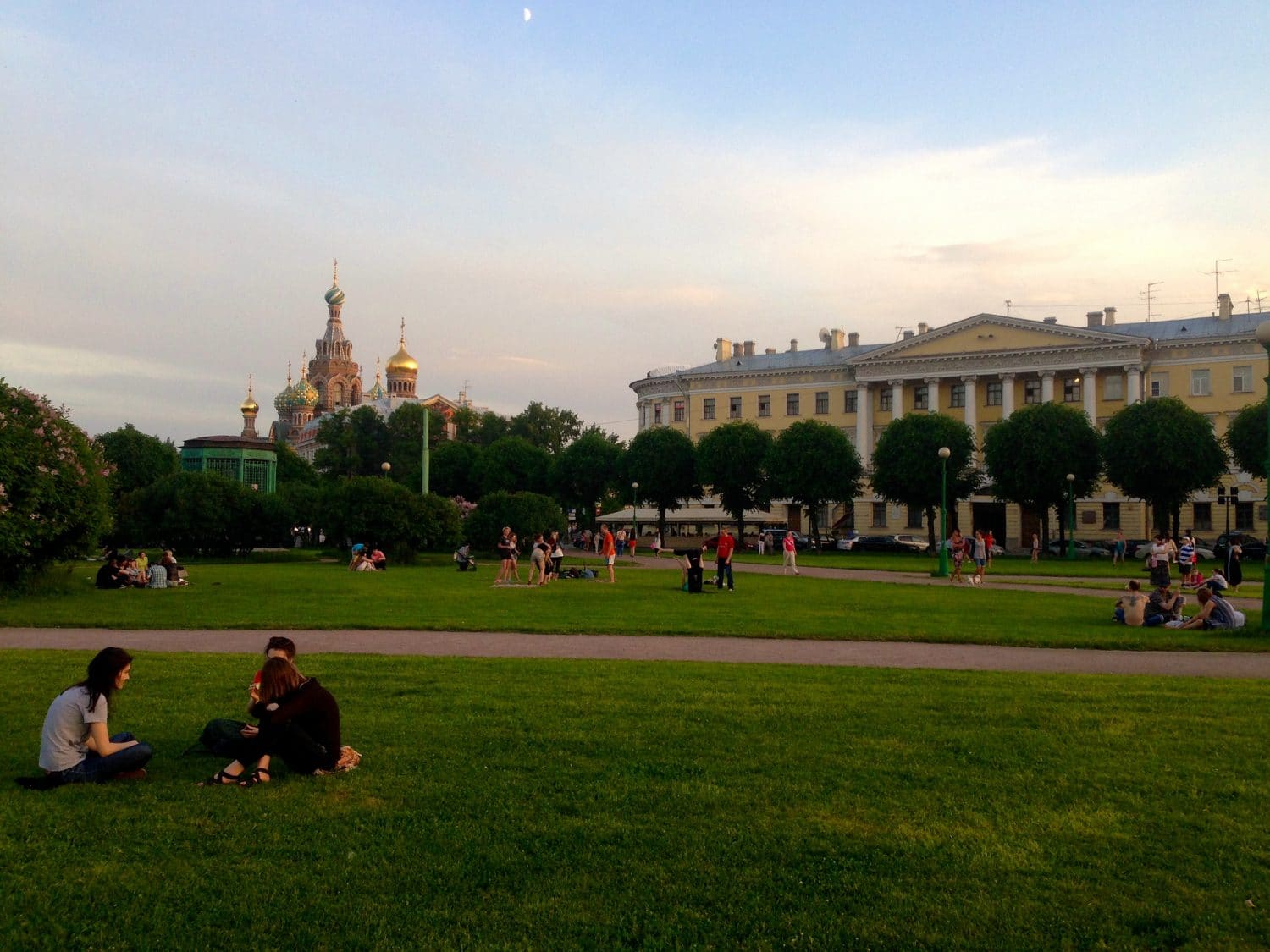
Off to Petersburg, Russia’s Cultural Capital: Моя Россия Blog
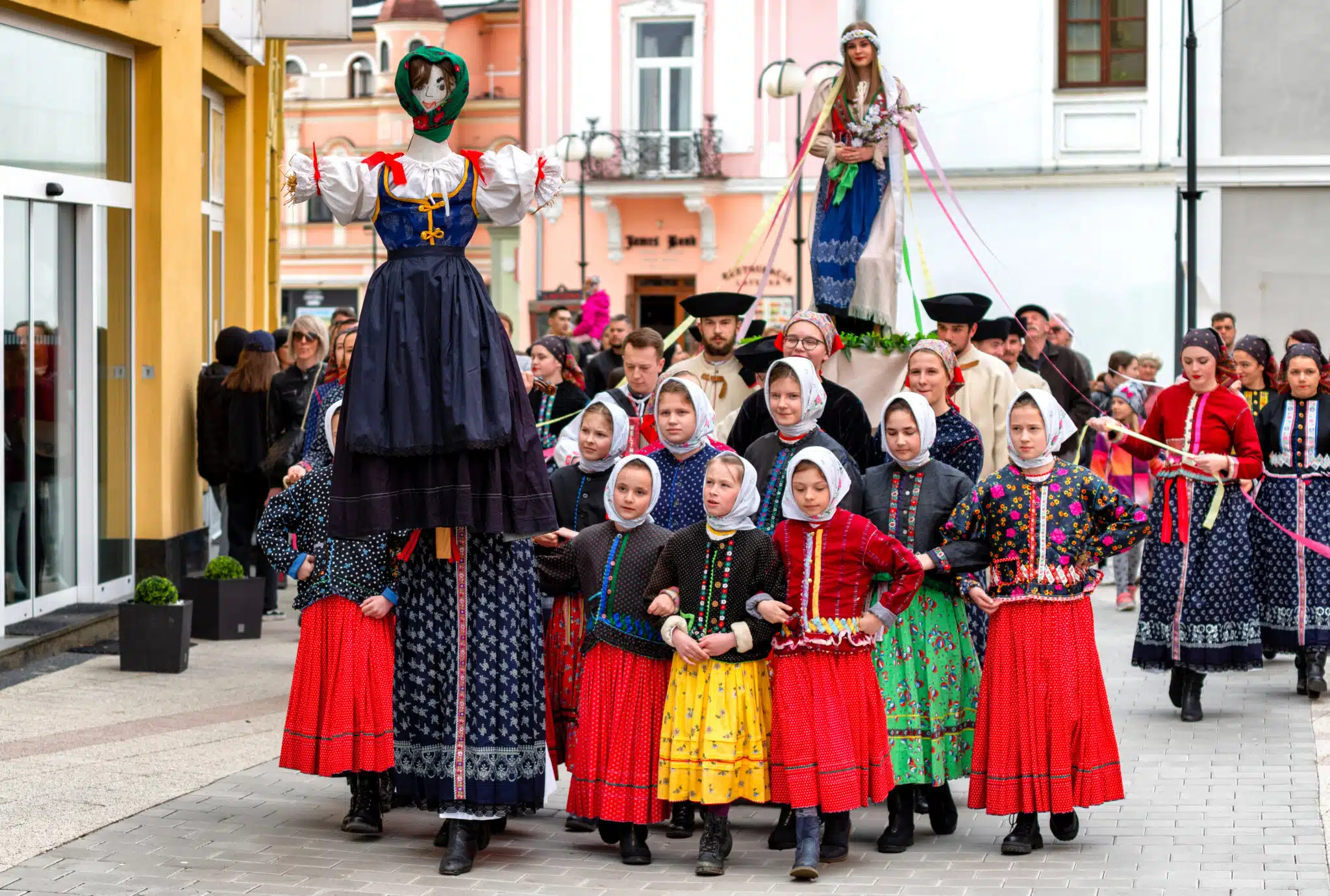
Maslenitsa, Masliana, Meteņi: Spring Holidays of the Slavs and Balts

Resources for Students of Russian

